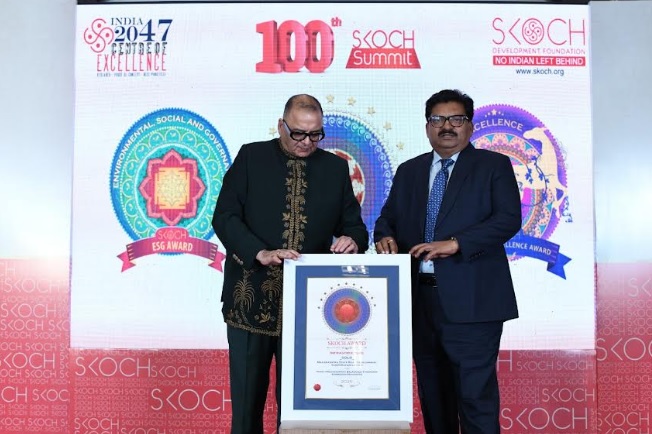There has to be sanctity in the electoral process, the Supreme Court told the Election Commission of India today, asking the poll body to explain in detail the steps followed to ensure free and fair polls. “This is (an) electoral process. There has to be sanctity. Let nobody have apprehension that something which is expected is not being done,” the bench of Justice Sanjiv Khanna and Justice Dipankar Datta said.
The court is hearing petitions seeking cross-verification of votes cast on Electronic Voting Machines (EVM) with paper slips generated through the VVPAT system. Senior Advocate Maninder Singh, the poll body’s counsel, and poll officials are in court to respond to the questions.
Appearing for one of the petitioners, Advocate Nizam Pasha said a voter should be allowed to take the VVPAT slip after he votes and deposit it in a ballot box. When Justice Khanna asked if such a process won’t affect the voter’s privacy, Mr Pasha replied, “Voter privacy cannot be used to defeat voter’s rights.”
Advocate Prashant Bhushan then said that the light on the VVPAT machine should remain on at all times — it now stays on for seven seconds. “One possible solution is if they can’t change glass at this stage, at least the light should remain on at all times, so I can see the slip cutting and falling. No privacy will be compromised.”
Senior Advocate Sanjay Hegde, also appearing for petitioners, said there should be a separate audit to add greater credibility to the counting process.
Mr Bhushan cited a report on mock poll results in Kerala, where extra votes were recorded for the BJP. The court asked Mr Singh to explain this.
In its explanation of the voting process, the poll body said the EVM’s control unit commands the VVPAT unit to print its paper slip. This slip is visible to the voter for seven seconds before it falls into a sealed box, Mr Singh said. The machines are checked before polling in the presence of engineers, it added.
When the court asked if there was any software in the VVPAT printer, the poll body replied in the negative. “There is a 4 megabyte flash memory in every PAT which stores symbols. The returning officer prepares electronic ballot, which is loaded into the symbol loading unit. It will give a serial number, name of the candidate and symbol. Nothing is preloaded. It’s not data, it’s image format.”
When the court asked how many Symbol Loading Units are created for the polling, a poll body official replied, “Normally one in a constituency. It’s in custody of Returning Officer till conclusion of poll.” The court then asked if this unit is sealed to ensure no tampering, the Election Commission replied that no such process is currently in place.
The Election Commission told the court that all voting machines pass through the mock poll process. “Candidates are allowed to pick up randomly 5 per cent machines. The process is repeated on poll day. VVPAT slips are taken out, counted and matched. All machines have different kind of paper seals. At the time when a machine arrives for counting, seal number can be checked,” an official said.
When the court asked how a voter can check if his/her vote has been cast, the official replied that the poll body gives demonstrations and runs awareness programmes for this. The Election Commission also said that voting machines get allocated to constituencies randomly. “No spurious unit can be connected (to them). They will only recognise sister units.”
The Election Commission told the court that the voting machines run on firmware and the program cannot be changed. The machines are kept in strongrooms that are locked in presence of representatives of political parties.
The Election Commission said that once polling is over, the machines are taken back to strong rooms, which are sealed in the presence of candidates. On counting day, the strongrooms are opened in the presence of candidates.
The court then asked the Election Commission if it is possible for a voter to get a slip after voting. The poll body replied that this would compromise the secrecy of the vote and may be misused outside the booth. “How it can be used by others we cannot say,” it said.
What Is VVPAT and What Is The Case
The VVPAT — Voter Verified Paper Audit Trail — enables a voter to see if the vote was cast properly and went to the candidate he/she supports. The VVPAT generates a paper slip that is kept in a sealed cover and can be opened if there is a dispute. Currently, VVPAT slips of five randomly selected EVMs in every Assembly segment are verified. Amid the Opposition’s questions and apprehensions regarding the EVM system of voting, the petitions call for cross-verification of every vote.














